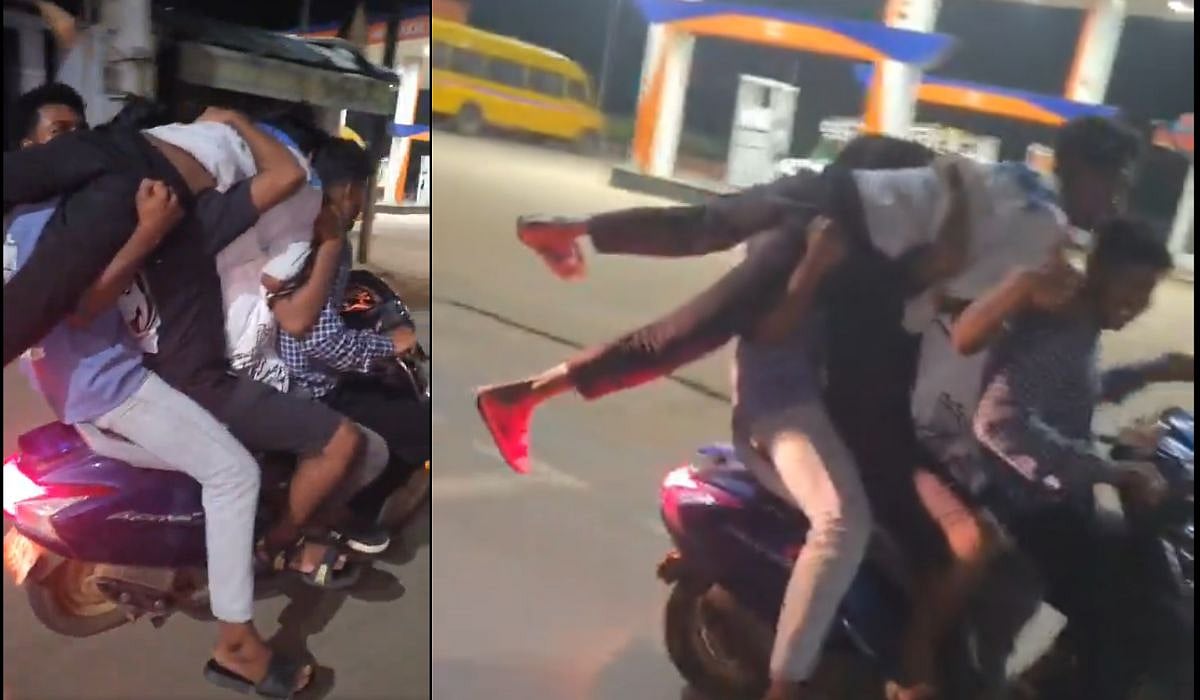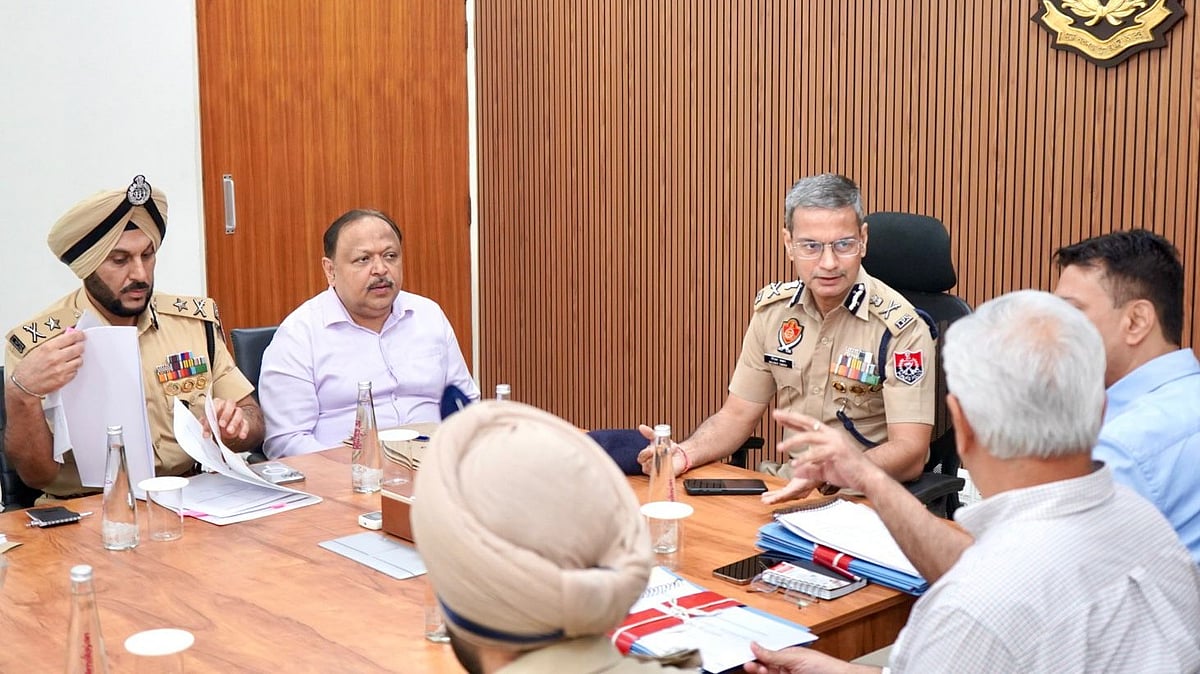The Chandrayaan-3 lander is poised for a pivotal moment that will determine its lunar mission's success on Wednesday (August 23). The mission hinges on a complex 15-minute descent onto the lunar surface, during which the lander must shift from high-speed horizontal flight to a vertical position. This transition, dubbed the '15 minutes of terror' by former ISRO chairman K Sivan, is the linchpin of the operation.
This manoeuvre carries the weight of Chandrayaan-2's 2019 misstep. The Vikram lander's inability to execute a critical shift resulted in a heart-wrenching collision, falling short of the target landing site by a mere 7.42 km. The importance of the upcoming transition cannot be overstated.
Strategic Preparations
In anticipation of the landing, the Chandrayaan-3 lander underwent orbital adjustments, positioning it optimally for the descent. This calculated move positioned the lander at a 25x134 km orbit around the Moon, setting the stage for the intricate ballet of calculations and precision necessary for a successful landing.
The lander's landing sequence is a carefully choreographed ballet with gravity. It must reduce its substantial horizontal velocity of 1.68 km/sec at 30 km altitude to nearly zero for a gentle landing at a predetermined site near 70 degrees South latitude. The anticipated moment is 6:04 pm India time today.
The core challenge lies in transforming the lander's near-90-degree tilt at the beginning of the landing process (at 5:47 pm on August 23) to a poised vertical position. This complex shift demands precision in fuel management, distance calculations, and algorithmic execution—a lesson learned from Chandrayaan-2's experience.
Control Mechanisms
The lander relies on 12 onboard engines for controlled movement. Four engines handle velocity reduction, while the remaining eight manage directional control. This orchestrated effort ensures the lander maintains stability against the Moon's gravitational pull.
The landing sequence unfolds in stages of calculated deceleration. In the rough braking phase, the lander trims its initial velocity of 1.68 km/sec to 358 m/sec horizontally and 61 m/sec vertically. This phase spans 690 seconds, covering a distance of 713.5 km from 30 km altitude to 7.42 km.
At 7.42 km altitude, a crucial "attitude hold phase" of about 10 seconds orchestrates the shift from horizontal to vertical orientation. This phase narrows altitude to 6.8 km and velocity to 336 m/sec horizontally and 59 m/sec vertically.
Final Stages of Landing
The fine braking phase, spanning 175 seconds, completes the transition to a poised vertical state. Covering the final 28.52 km to the landing site, altitude decreases to 800-1,000 m, and speed approaches 0 m/sec. Chandrayaan-2 faltered in this phase.
The Chandrayaan-3 lander can safely touch down at speeds up to 3 m/sec, with an ideal speed of around 2 m/sec. It can tolerate a tilt of up to 12 degrees and still achieve a secure landing.
Upon a successful landing, the lander will dispatch a rover equipped with two instruments. This rover's mission is to capture lunar images and conduct experiments, showcasing ISRO's confidence in Chandrayaan-3's improvements.









